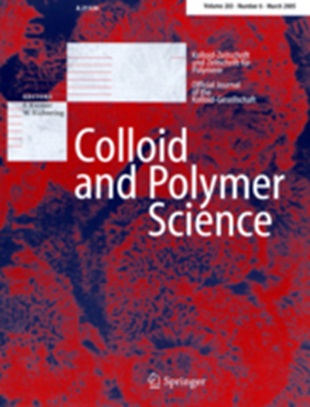Alginate microbead to mitigate microplastic pollution
Abstract
One way to mitigate microplastic pollution from pharmaceutical and cosmetic products is to develop nature-based ‘green’ microcapsules. This study involves in situ microencapsulation of therapeutic tea tree essential oil by brown algae-derived alginate biopolymer using classic external ionotropic gelation. The effects of type of divalent crosslinkers (calcium and barium ions), presence/absence of surfactant in oil-in-water (o/w) emulsion and molecular weight of alginate were investigated using gravimetry, scanning electron microscopy (SEM), shear rheometry, ultraviolet (UV) and infrared spectroscopy. Microcapsules were ~ 1 mm in diameter. Barium chloride crosslinker showed highest gel strength (8396 ± 306 Pa) and large pores on surface (59.9 ± 9.1 µm). Presence of surfactant lowered the gel strength (182.6 ± 100.5 Pa) and had smaller pore size (20.3 ± 2.6 µm). Microcapsules with no surfactant, calcium chloride crosslinker and low viscosity alginate showed optimum gel strength (3620.8 ± 141.5 Pa) and smooth surface. An interplay exists between loading capacity (proportional to pore size) and encapsulation efficiency (compromised by surface oil and water-soluble oil components). Life cycle analysis (LCA) shows significant reduction in global warming and ecotoxicity. This project supports eight Sustainable Development Goals (SDG) of United Nations and promotes blue economy.
Graphical Abstract

 求助内容:
求助内容: 应助结果提醒方式:
应助结果提醒方式:


